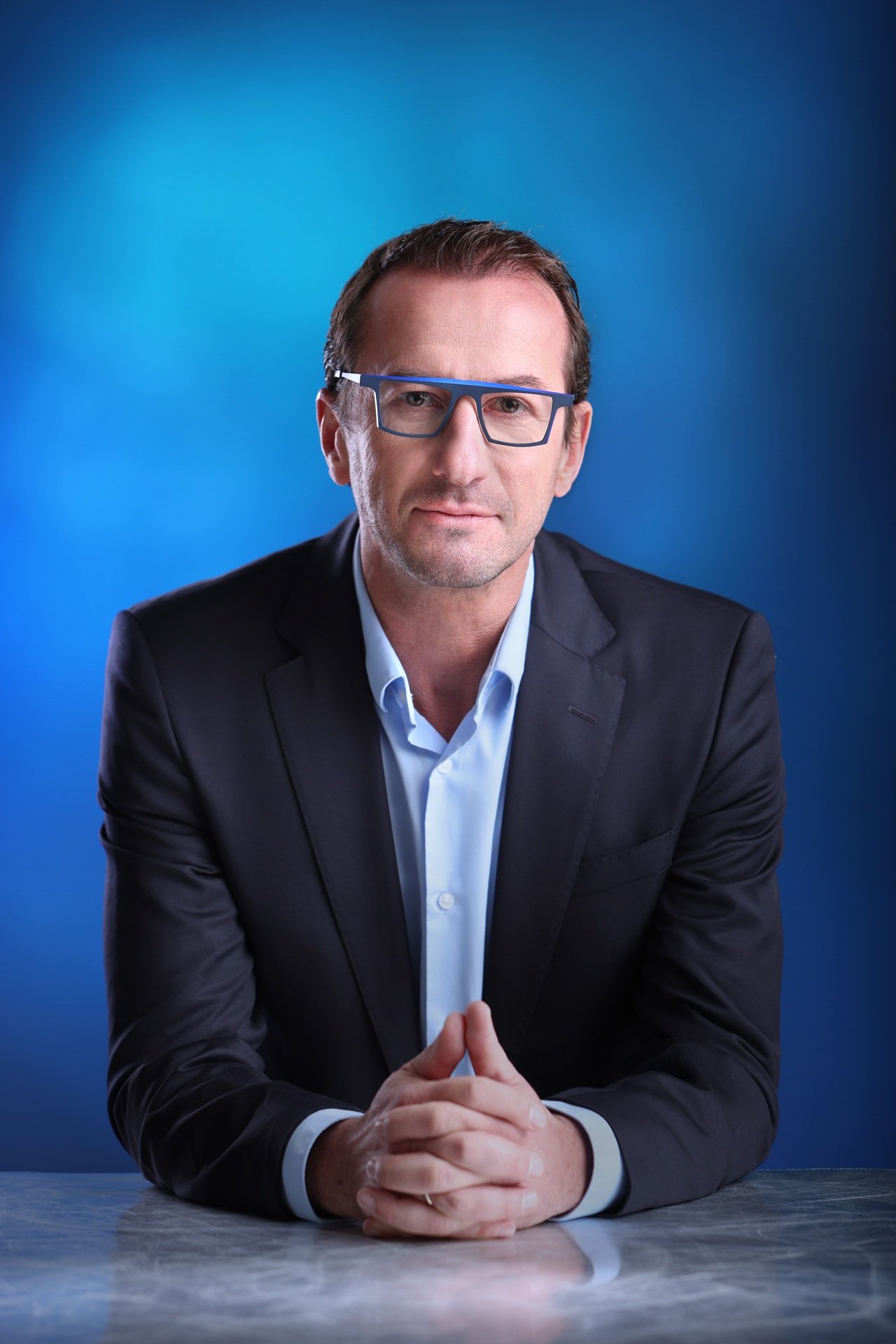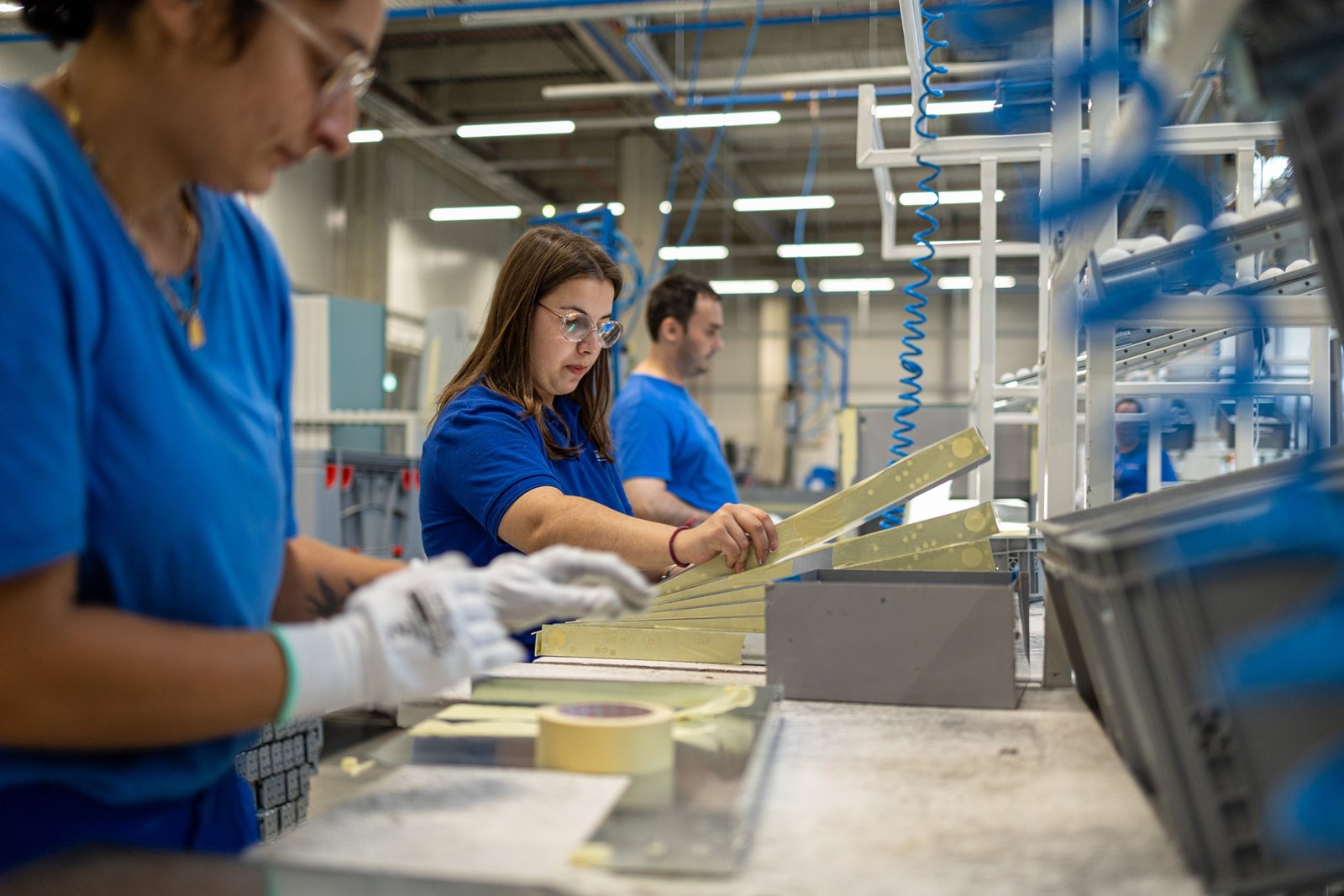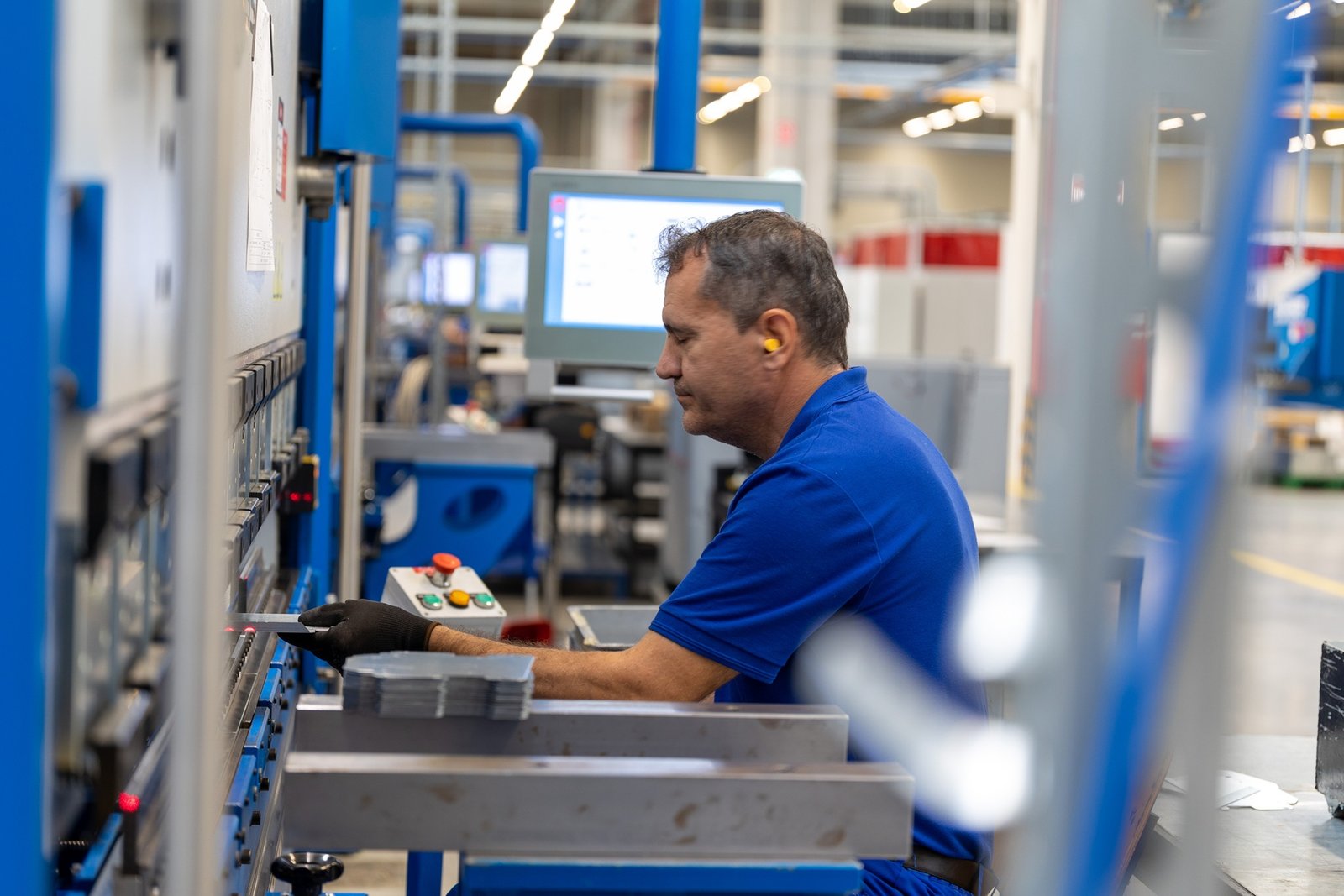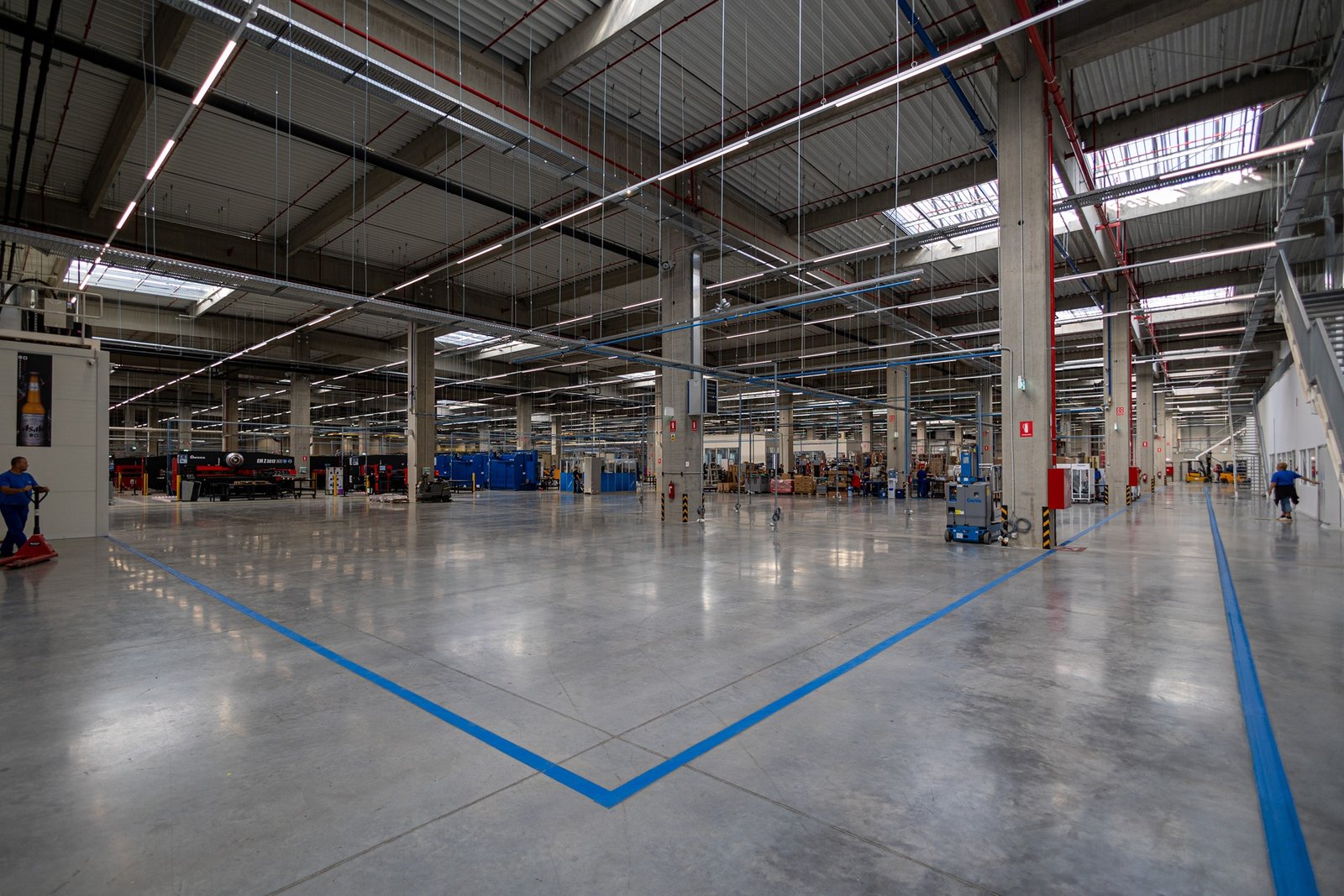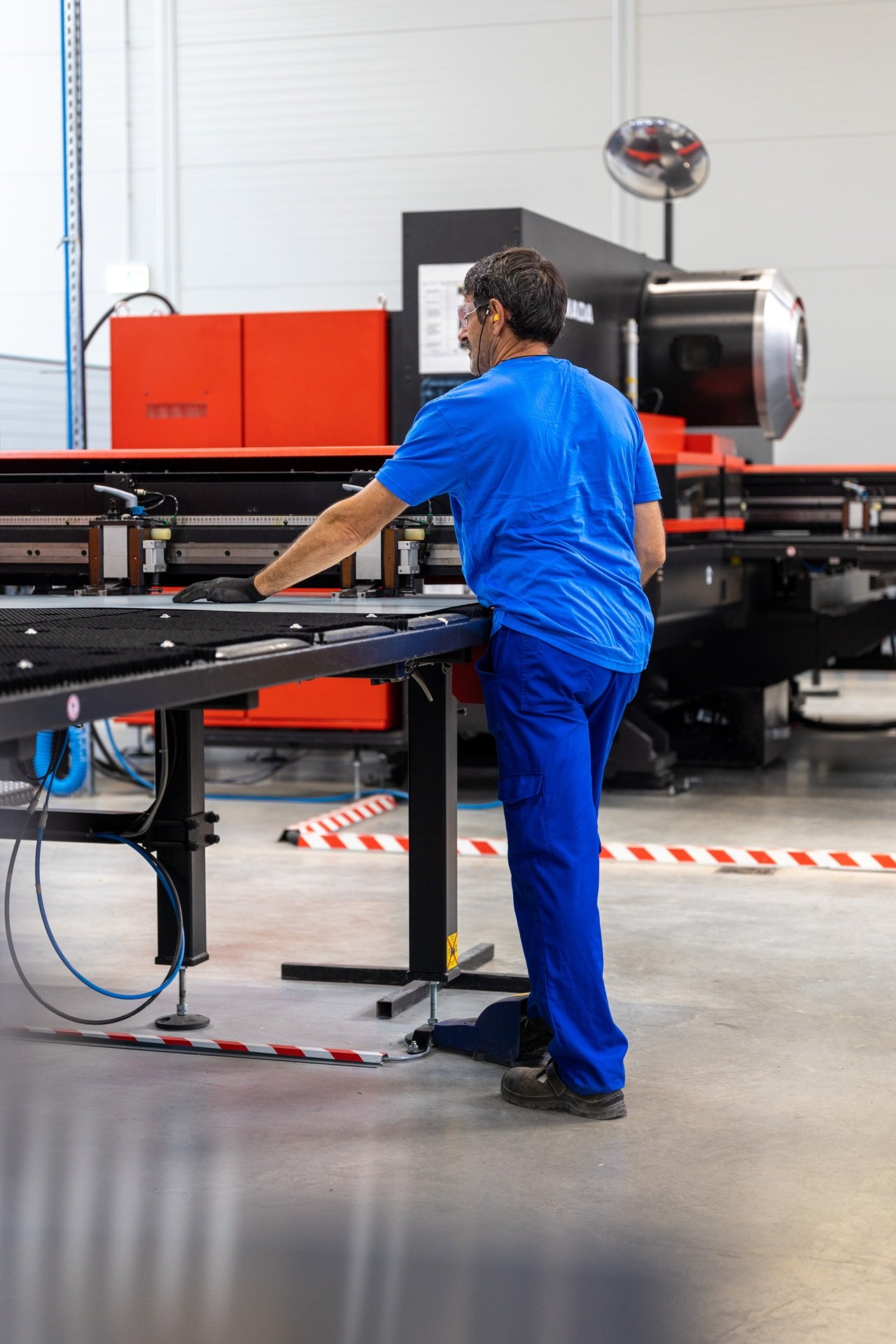Serge Joris, CEO of Frigoglass: “We’re Evolving from a Manufacturer to a Full Solutions Provider”
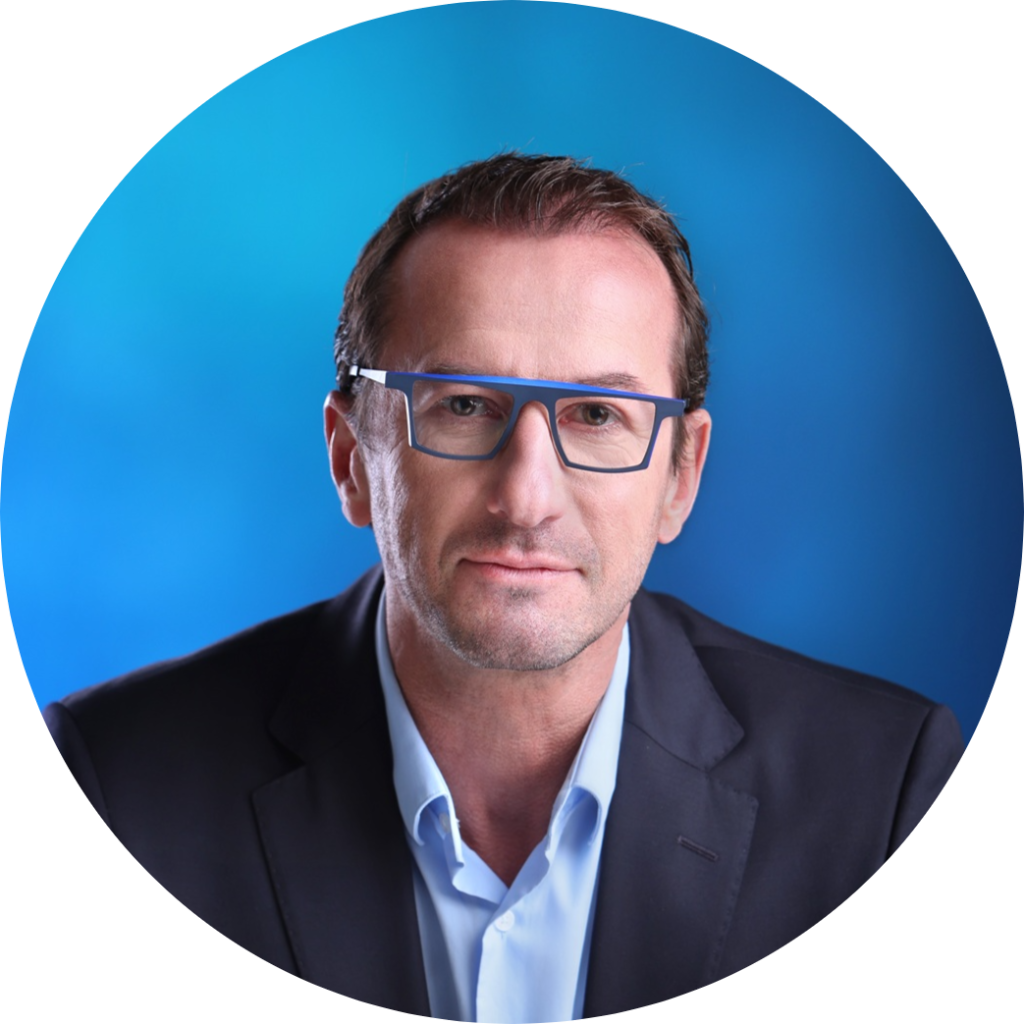
Innovation & Digital
- “Energy efficiency and merchandising remain the two most powerful levers for our customers,” — says Serge Joris.
-
“With our A-class coolers, we’ve achieved energy consumption lower than a 60-watt lightbulb — proving high efficiency can go hand in hand with performance.”
-
The company also innovates in branded in-store design, integrating lighting, modular layouts, and full-glass doors to maximize visibility and brand engagement.
Ri: Energy efficiency and merchandising remain the two levers most demanded by brand owners. What’s your current innovation thesis for beverage coolers—where will the next 10–20% energy savings and merchandising uplift come from?
Serge Joris: Energy efficiency and merchandising remain the two most powerful levers for our customers, and we have already made significant progress. With our A-class coolers, we’ve achieved a substantial reduction in energy consumption—less than that of a 60-watt lightbulb—demonstrating that high efficiency is achievable without compromising performance.
On the merchandising side, we are innovating with bespoke, customer-branded coolers that allow brands to create unique in-store experiences. These designs go beyond traditional signage, integrating lighting, graphics, and modular layouts that enhance visibility and drive consumer engagement.
Launching merchandising throughout the years with:
-
Generation 1- no canopy and no visible cooling mechanism
-
Generation 2 – full glass door with floating branding and bespoke solutions
Looking ahead, further energy reductions will come from technological advancements of cooling components.
Ri: The global refrigerant transition is reshaping product design across the industry. Which natural refrigerants and system architectures are you standardizing on in new ICM platforms (R290, CO2), and why?
Serge Joris: We are fully committed to the transition to natural refrigerants to reduce GWP and meet evolving regulatory requirements. For our larger coolers, we standardize on R290, which offers excellent thermodynamic performance and energy efficiency while remaining environmentally sustainable. For smaller units, we use R600a, which is ideal for compact applications due to its low charge requirement and efficiency.
Our approach is pragmatic and customer-focused: by selecting the right refrigerant for each cooler category, we can maximize energy efficiency, maintain safety and serviceability, and stay ahead of compliance regulations, while also enabling scalable and cost-effective production.
Ri: Digitalization is becoming a core differentiator in after-sales and asset performance. How are IoT and telemetry helping you cut lifecycle costs—energy, uptime, truck rolls—and prove ROI to brand owners?
Serge Joris: We’ve fully embraced digitalization of our service offerings and technology driven solutions are an integral part of our Frigoserve business vertical. We speak in real time with our customers and service their needs based on an integrated digital platform.
Through the control unit, our coolers provide real-time data such as location, service history, number of door openings, average internal temperature, and compressor activity. This enables our service technicians and customers to monitor performance remotely, identify issues early, and implement robust preventive maintenance programs that reduce downtime and lower total cost of ownership.
These capabilities are delivered via our Frigoserve business vertical, which has fully embraced digitalization. Our integrated service platform ensures direct, real-time interaction with customers, and the use of IoT features and advanced analytics supports predictive maintenance, higher equipment efficiency, increased uptime, and customized reporting.
In addition, our circular economy approach extends traceability into refurbishment, reuse, and responsible disposal. More than 80,000 assets are refurbished annually, and over 1.5 million units are repaired in the market, while material category waste management ensures compliance and sustainability at end-of-life.
By doing so, we not only meet global FMCG compliance and sustainability demands but also help our customers maximize asset lifetime, efficiency, and environmental performance.
Ri: Traceability is now a compliance and sustainability demand from global FMCGs. What specific data points follow a cooler from factory to end-of-life, and how are your customers using that data?
Serge Joris: Each cooler departing by Frigoglass’ production sites is associated with its critical components, i.e. compressor, controller. Enabling traceability back to specific batches for proactive quality control and reduced downtime. Control units provide real-time location and service history, helping technicians identify patterns, respond faster, and minimize service time.
Coolers’ control units also have the capability to record the number of door openings as well as the average temperature inside the cabin and the number of compressor start-ups. This integrated set of data can be remotely monitored by our b-2-b customers so that they verify coolers’ performance or identify possible functionality issues. Leveraging cooler data enables effective preventive maintenance strategies that reduce total cost of ownership.
Traceability is embedded across the entire lifecycle of our coolers, from production to end-of-life, combining both physical component tracking and digital monitoring. Each unit leaving our production sites is linked to its critical components which allows us to trace potential quality issues back to specific batches and take proactive preventive actions.
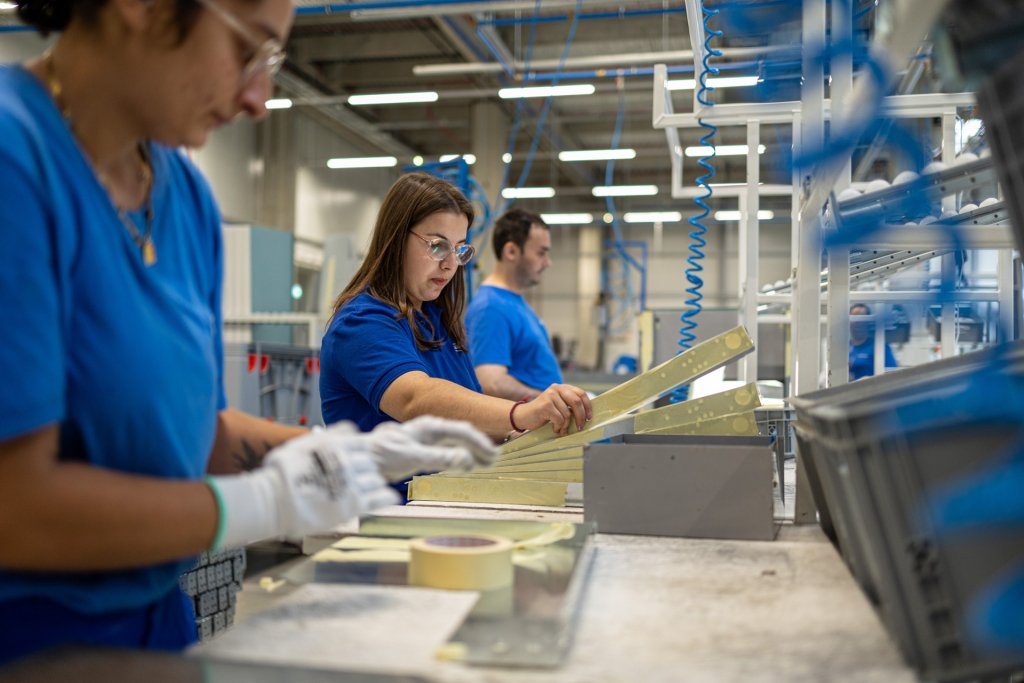
Sustainability & Operations
-
Frigoglass has reduced the average energy use of its cooler fleet by more than 50% in the past decade. The company now promotes A- and B-class rated coolers to support its 2030 SBTi targets.
-
Operational challenges remain in Nigeria, where limited grid reliability requires fossil backup. To address this, Frigoglass is introducing LNG systems and launching a solar power project this year.
-
Its Romanian factory already operates on 100% renewable electricity.
Ri: Frigoglass has committed to Net Zero by 2050 with interim milestones. What are your 2026–2030 KPIs for ICMs (kWh/day, GWP, recyclability), and which of these is proving the hardest to achieve?
Serge Joris: We are continuously working on reducing the environmental impact of our operations and the carbon footprint of our products. Over the last decade we have reduced the average energy consumption of our coolers’ fleet by more than 50%, offering to our customers top class B-class energy rating coolers. The launch of our A-class energy rating coolers has helped us further reduce energy consumption and respective emissions (Scope 3).
While we’ve met our near-term 2030 SBTi-validated targets, we continue to drive year-on-year reductions by promoting A and B-rated coolers and phasing out older, less efficient models. We closely monitor KPIs related to Scope 3 emissions and product energy performance.
Operational emissions are more challenging, especially in our Nigerian glass plant, where unstable electricity supply leads to reliance on fossil fuels. To mitigate this, we’ve increased LNG use by installing tanks and are launching a solar project this year to reduce Scope 1 and 2 emissions.
Additionally we’re expanding green electricity sourcing. Our state-of-the-art Romanian plant already uses 100% renewable energy, eliminating its Scope 2 emissions entirely.
Ri: Beyond the product itself, operations hold big decarbonization opportunities. What are the main levers inside your factories, logistics, or service hubs to cut emissions while protecting cost efficiency?
Serge Joris: Commercial refrigerator manufacturing is largely assembly-based, with a relatively low energy footprint. However, key processes like metal forming, foam injection, and plastic molding offer decarbonization potential.
In both production and utility areas, we’re deploying more energy-efficient equipment featuring full electric motion with variable speed drives (replacing hydraulic systems), improved thermal insulation to reduce heat loss, and live energy monitoring. These upgrades not only lower emissions but also boost production rates, delivering strong ROI. Electric forklifts are replacing diesel and gas models, helping cut direct emissions and take advantage of renewable electricity where available. Additional savings come from better building insulation and LED lighting. We also use digital twin simulations to optimize factory layouts, minimizing unnecessary movement and energy waste.
These initiatives have already delivered measurable impact, our newest plant in Romania is 24% more energy-efficient compared to previous facilities. We're also exploring photovoltaic energy generation using roof-mounted solar panels, leveraging the large, unused roof space across our factories to further reduce emissions and energy costs.
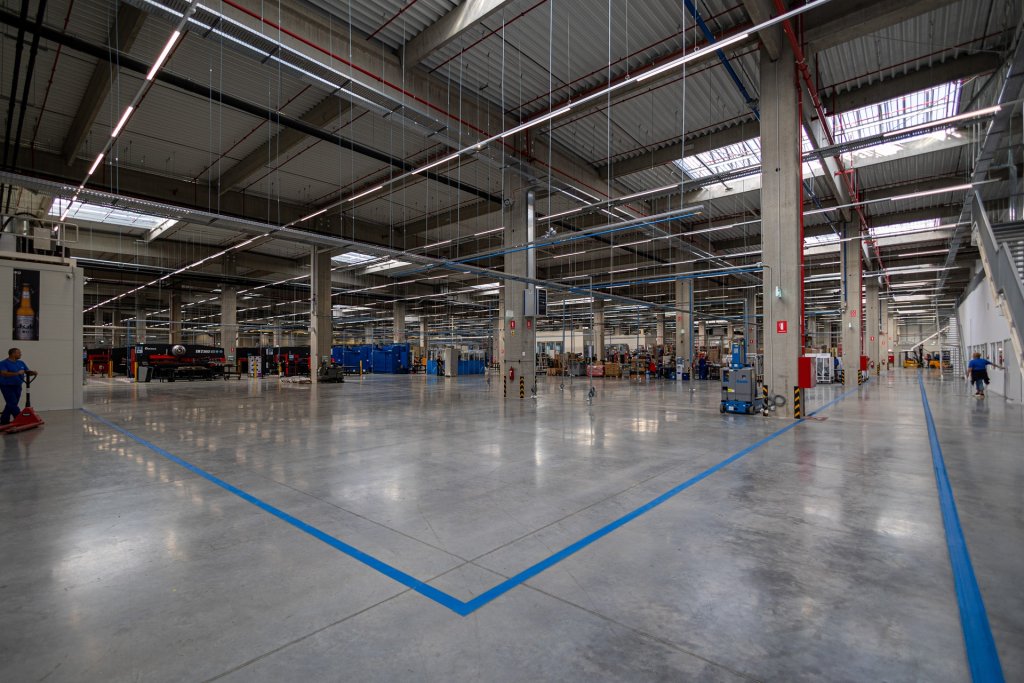
Market Strategy
-
Egypt has become the centerpiece of Frigoglass’s growth in the MENA region. “Egypt offers a large, growing market and access to key trade routes,” explains Joris.
-
“Partnering with Fresh S.A.E. enables rapid scaling, localization, and resilient supply.” The collaboration allows Frigoglass to manufacture locally, cut logistics lead times, and serve multiple MENA countries efficiently.
Ri: Frigoglass expansion into Egypt marks a pivotal bet on MENA growth, supported by your partnership with Fresh S.A.E. Why was Egypt chosen as your MENA hub, and how does this partnership accelerate capacity, localization, and scale?
Serge Joris: Egypt offers a large, growing market, strong manufacturing infrastructure, and access to key trade routes across the region. Its location allows us to serve multiple MENA countries efficiently, reducing lead times and logistics costs.
Partnering with Fresh S.A.E. has been instrumental in accelerating our growth. Their local expertise, established facilities, and operational capabilities allow us to scale quickly without the delays and costs of building from scratch. This partnership also supports localization of production, which aligns with our ESG goals, strengthens supply chain resilience, and helps us better serve our customers with tailored solutions.
Ultimately, Egypt’s strategic geography and our strong local partnership position Frigoglass for rapid expansion across the MENA region delivering both operational efficiency and enhanced customer value.
Ri: Russia represented roughly 20% of your business before the announced exit. With this withdrawal in process, how will you redeploy management focus and capital once operations there fully cease?
Serge Joris: The exit from Russia marks a strategic reallocation of resources toward high-growth regions. We are intensifying our focus on markets such as Egypt, Southeast Asia, and Europe, where demand is robust and geopolitical risks are lower. Capital previously tied to Russian operations is being redirected to product innovation, service network expansion, and consumer segment growth. This shift supports our broader transformation plan, which has already delivered record volumes in India and margin improvements across our portfolio.
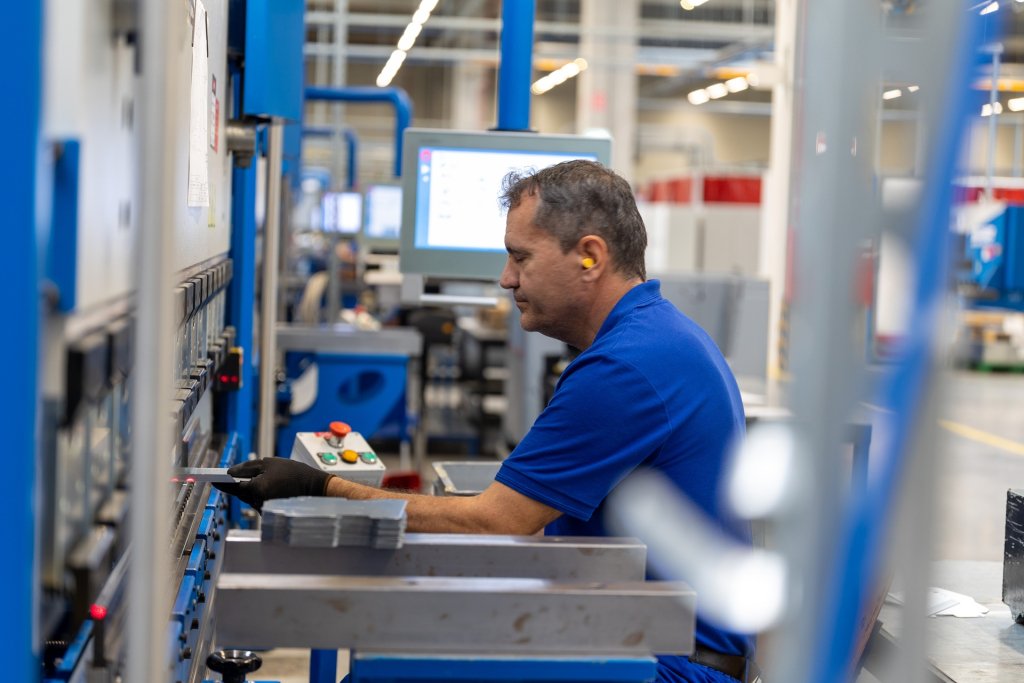
Growth & M&A
Frigoglass’s growth priorities align with digital controls, software integration, and circularity.
- While no M&A deals have been announced, partnerships in Egypt, China, and Thailand highlight a collaborative approach to scaling technology and production.
- “Our goal,” concludes Serge Joris, “is to transform Frigoglass into a full-fledged solutions provider — delivering intelligent, connected, and sustainable systems that create measurable value for our customers.”
Ri: Competitors are moving fast through acquisitions and alliances in controls, software, and circularity. Do you have concrete M&A or partnership priorities, and which categories are top of your agenda?
Serge Joris: While we have not announced specific M&A transactions, our strategic priorities clearly align with areas such as digital controls, software integration, and circularity. Our existing partnerships with manufacturers in Egypt, China, and Thailand demonstrate our commitment to collaborative growth.
Ri: Transformational CEOs are often defined by ambitious targets. Looking ahead to 2030, what’s your most audacious goal for Frigoglass in terms of innovation, sustainability, or market presence?
Serge Joris: Our goal is to transform Frigoglass from a traditional hardware manufacturer into a full-fledged solutions provider, delivering not just coolers or glass containers, but intelligent, connected, and sustainable solutions that create measurable value for our customers.
Specifically, we aim to:
-
Lead the industry in energy-efficient and low-GWP cooling, achieving Net Zero across our operations.
-
Scale connected cooler technology, enabling predictive maintenance, smart merchandising, and advanced analytics for our customers.
By 2030, we want Frigoglass to be recognized not only for our products, but for the value-added solutions we provide, the sustainability leadership we demonstrate, and the transformative impact we deliver to our customers and communities worldwide.
This transformation involves expanding into software, services, and adjacent technologies—building a total solutions profile. It also opens new verticals beyond beverage coolers, including unattended retail, catering, and food service, with offerings like smart coolers, micro markets, and vending systems.
Ri: Thank you, Serge, for this insightful conversation and for giving our readers a closer look into Frigoglass’s transformation journey.
